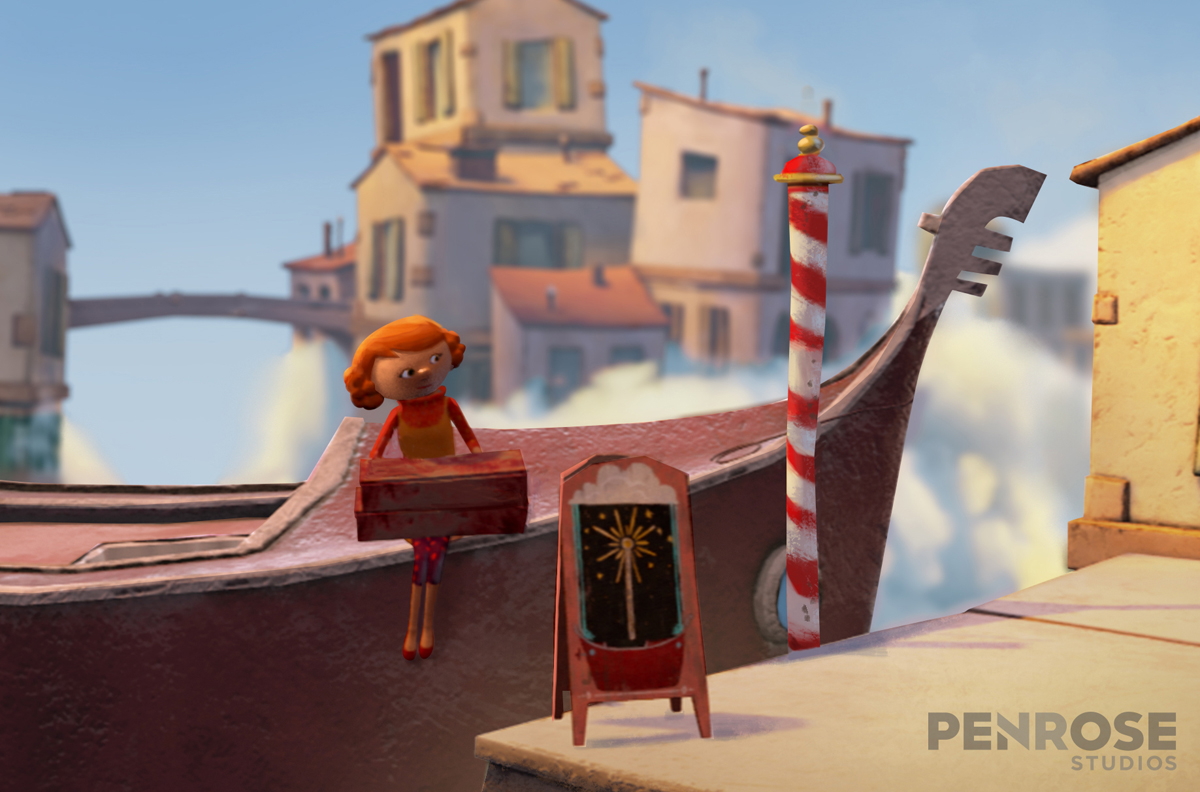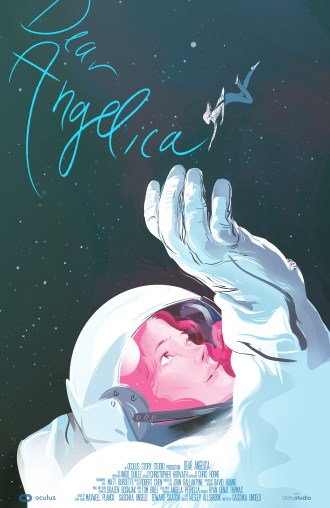After walking the floor of the International Consumer Electronics Show (CES) in Las Vegas, many gaming industry participants saw the virtual reality (VR) writing on the wall for the first time — and in a very realistic way. Immersive Virtual Reality (VR) gaming has arrived, or gotten extremely close, with the official ship date for the Oculus Rift VR viewer set for March 28 and current pre-order acceptance now taking place.
Some issues remain in the technology and user experience, not to mention the price point. However, barring a major misstep by the Oculus unit of Facebook, none of these remain permanent obstacles to prevent a long-term VR trend from taking effect in 2016 (according to aJanuary 2016 report from SUPERDATA forecasting an install base of about 38 million VR gaming consumers by the end of the year and a July 2015 Business Insider estimate of VR headset shipments growing at a 99 percent CAGR between 2015 and 2020, reaching $30 billion by that end date).
Game console makers feel the heat from PC VR
While the Oculus Rift VR viewer existed in the purview of developers alone since June 2015, with this January’s announcement, the mainstream gaming public will now have an opportunity to experience VR firsthand. However, most of these potential gamers could remain on the sidelines unless they upgrade from Nintendo, PlayStation and Xbox consoles to a fully decked-out PC. That’s unless the console makers get in the PC VR game.
“Nintendo either needs to adapt or be left behind,” Tim Lynch, CEO of Psychsoftpc, tells me. “Microsoft already has its own VR/AR HoloLens in beta now for developers. And since Xbox is essentially a PC-based system, it is better equipped to meet this.”
Actually, Nintendo is playing a wait-and-see game, according to Joanan Hernandez, CEO and founder of Mollejuo, an augmented reality (AR) company with a mobile app called Terra Icons.
“Microsoft is betting heavily on AR with HoloLens,” he says. “Thus, the only direct competition for Oculus is PlayStation VR and HTC Steam VR. There’s space for the three of them — Oculus, HTC, PlayStation — at least initially.”
In fact, HTC does a great job with physical-digital interactions, according to J.P. Gownder, vice president and principal analyst at Forrester Research, a global research and advisory firm. “And it might have some advantages over Oculus in the features department,” he tells me. “For example, by tracking your movement throughout a room using base stations.”
Demand for VR technology looks good for console and mobile gaming platforms.
Expectations for VR exist at a high level. And with Oculus Rift and HTC Vive VR headsets scheduled to hit retail in Q1 2016 and Sony PlayStation VR in Q2, demand for VR technology looks good for console and mobile gaming platforms. “This is positive for both our video game and tech brand businesses,” Eric Bright, senior director of merchandising at GameStop, tells me. “During our GameStop EXPO September 2015, we saw customers wait in long lines to experience the virtual reality demos Sony and HTC had with positive feedback.”
Price point and immersion
Some industry observers have questioned the $599 price point that Oculus chose for the formal introduction of the Rift, such as Mike Goodman, director of digital media strategies at Strategy Analytics, a consumer-focused business consulting firm.
“Oculus views the Rift as a ‘premium’ product and has priced it accordingly; however, there is ‘premium pricing’ and then there is pricing yourself out of the market,” Goodman tells me. “While there is a small segment of PC gamers who think nothing of dropping $2,300 on a high-end PC, $600 for the Oculus Rift plus an additional $1,500 for a PC capable of running Oculus VR games and entertainment is just too much for most of us. Considering Facebook spent roughly $2 billion to acquire Oculus VR, they might want to rethink their premium price point.”
Rather than price, immersion will be the key factor in VR’s success.
— Olli Sinerma
However, others have seen that earlier breakthrough consumer electronics with elevated acquisition costs have gone on to perform well in the marketplace. It comes down to the value proposition of immersion VR versus price point.
“The future of VR will not be determined by its current cost,” Olli Sinerma, co-founder and project lead at Mindfield Games, developer of the forthcoming VR game P.O.L.L.L.E.N, tells me. “What Oculus can ship, it will sell, and others will develop cheaper alternatives like the already available Google Cardboard. Rather than price, immersion will be the key factor in VR’s success.”
Install base barrier
But immersion alone may not ensure that Oculus will surmount its seemingly lofty sales tag. Other barriers beside the console makers represent plausible pitfalls for Facebook’s VR gear maker. The install base of VR-capable PCs presents the largest hedgerow for Oculus to jump over.
“Oculus’s $599 price point was higher than many expected, but that’s not the core inhibitor for adoption — it’s having a PC that’s Oculus-ready,” says Gownder. “Aside from PC gamers — and not even all of them — very few people have PCs with the needed specifications. Most people would have to buy the Rift and a $1,000-plus PC to use the device.”
Concurring with that perspective, Goodman opines that the vast majority don’t have PCs that meet Oculus Rift’s minimum PC requirements to run VR games and entertainment. Overall, Gownder estimates that only 13 million PCs globally are currently compatible with the Oculus Rift.
Which comes first, VR hardware or software?
Seeing that the install base for VR-capable PCs remains at a low level, the market might not yet exist. The classic chicken-or-the-egg scenario pops into view. Without a critical mass of hardware to run VR software, who will write the games? And with a lack of first-person shooters, etc., who will build PCs and consoles with VR compatibility?
“When it comes to consumer entertainment, the content dilemma poses a significant hurdle for adoption,” Maurice Patel, industry strategist, media and entertainment at Autodesk, developer of 3D design software, tells me. “Many VR headset manufacturers try to kick-start content creation by funding their own productions through initiatives like Oculus Studio. However, it will take several iterations of hardware and successful production projects before the technology is mature enough to warrant generalized, large-scale production of VR content.”
Today, VR is an exciting, bleeding-edge technology for exploring new ways of telling stories, driving gameplay and communicating ideas. Where it will go from here is yours to dream.















 Oculus Story Studio built Quill to make its new VR short film Dear Angelica, where hazy watercolor drawings let a daughter explore the fantastical memories of her movie star mother. Oculus announced the film’s production at Sundance 2015 and it will be released later this year, but it’s now showing off a few scenes. Dear Angelica lets you watch flying fish, dragons, and a child’s bedroom be birthed into being one line at a time, reacting to where you look.
Oculus Story Studio built Quill to make its new VR short film Dear Angelica, where hazy watercolor drawings let a daughter explore the fantastical memories of her movie star mother. Oculus announced the film’s production at Sundance 2015 and it will be released later this year, but it’s now showing off a few scenes. Dear Angelica lets you watch flying fish, dragons, and a child’s bedroom be birthed into being one line at a time, reacting to where you look.



